Shada Lighting accessories


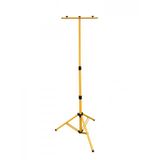

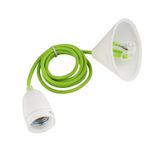

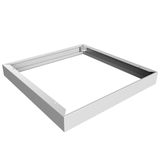
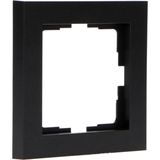

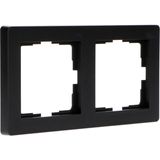
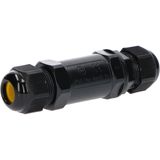

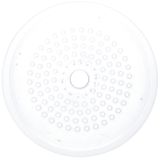
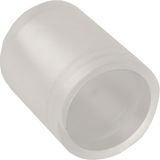
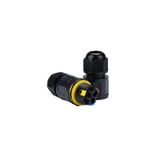


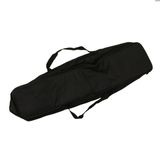
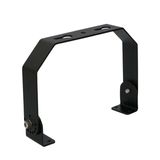
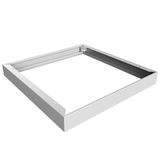
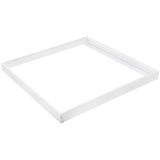

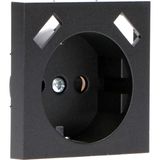
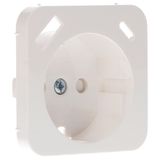



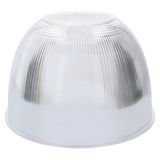
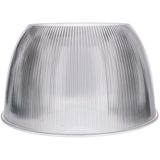

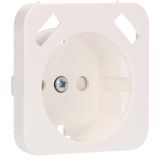


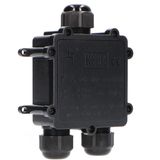
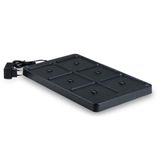
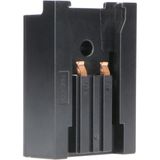
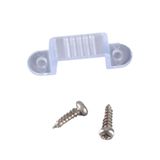
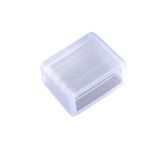

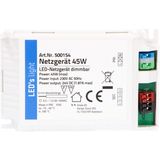
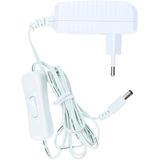
shada lighting accessories for project fit-outs
Shada covers the small parts that decide whether a lighting job installs fast and survives site abuse. Housings and plastics are available in standard and LSZH grades for occupied spaces, with outdoor pieces in UV-stabilized compounds. Typical IP levels run from IP20 for ceiling voids to IP44 corridor couplers and IP65 interface parts on façades and plant rooms. Terminal markings are clear, conductor space is generous, and hardware tolerances are tight enough to avoid lid warp after repeated servicing.
Product range for Shada projects
Expect a compact but complete ecosystem: lampholders and sockets for retrofit and OEM builds, inline and panel connectors, ceiling roses with strain relief, prewired cords, suspension and gear-tray brackets, click-in clips for trunking, grommets and bushings, and service parts such as diffusers, latches, and gasket kits. The idea is simple—cover the last 10% that typically delays commissioning.
Technical specifications and standards for Shada components
Electrical interfaces follow common caps and bases used in Europe: E27/E14 screw, GU10, G13/G5 for linear lamps, G53/GX53 for shallow fixtures, and GU5.3 where extra depth is available. Heat classes for lampholders typically meet T210–T300 with contact materials in nickel-plated brass or phosphor bronze; screw and push-in cages accept 0.5…2.5 mm² copper. Insulation parts comply with glow-wire 650–850 °C where applicable; many ceiling parts include 650 °C as a baseline to ride out poor thermal management in enclosed cavities. Cable sets use PVC or rubberized H05VV-F/H05RN-F jackets rated 300/500 V; strain relief elements are sized to the jacket OD to maintain pull-out ≥60 N for typical luminaires. For ingress, gasketed lids and compression glands keep their IP rating when threads are fully seated and the ferrule is matched to cable OD.
shada lamp holders variants and ratings
Shada covers the usual footprints used by installers: compact GU10 fire-hood friendly cups with spring cages, E27 deep collars to hide cut edges, and low-profile G13 tombstones for T-LEDs with mechanical interlocks. Expect captive screws, 90–110 °C lead insulation, and screw-clamp or push-in terminations to match site preference. Where retrofit heat is a risk, choose ceramic bodies; for new gypsum ceilings, polymer bodies save weight and reduce chipping around the cut-out.
Applications and compatibility across building types for Shada
Apartments and hotels lean on neat ceiling roses with integrated cord grips; offices use modular connectors to speed luminaire swaps during churn; retail prefers vandal-resistant canopies and robust strain relief above counters; plant areas need gasketed junctions, stainless fixings, and UV-stable plastics near skylights. All parts interconnect cleanly with common 2–5-pole wiring schemes so they can sit between the luminaire and DALI/0–10 V drivers or simple switched circuits without special tooling.
shada mounting brackets options for ceilings and tracks
Brackets cover gear-tray carriers, crossbars for downlights, and channel clips for trunking and mini-trunk runs. Hole geometry is shared across sizes so mixed rails line up; permissible loads and safety factors are printed or etched on the steel. For open ceilings and workshops, galvanized hardware keeps lines straight and resists knocks; add soft inserts where vibration or polished finishes are a concern.
Integration with other Shada products
Tie the accessories into Shada installation hardware and conduit to keep routes tidy. Use divider strips when power and control share trunking, spacer rings to correct uneven plaster, and compression glands that match jacket material. Where EMC matters, 360° braid clamps at entry plates give a clean landing point and preserve shielding continuity into metal housings.
Selection criteria for B2B clients with Shada focus
Start with cap/base and thermal class, then check conductor mix and termination style. Push-in works well with ferruled fine-strand; screw-clamp is safer where installers may encounter mixed solid/stranded. Size every opening to the tightest elbow and allow 30% spare for late adds, especially on multi-drop runs. Standardize on two canopy sizes and one outdoor enclosure across the site to keep van stock lean. If rooms repeat, approve a single cut-out and bracket set and lock it into the drawing notes so crews do not chase variants later. When prewiring makes sense for speed, specify shada lighting connectors with keyed housings and order pre-crimped pigtails as part of the lot. For fast fit-outs, shada cable sets with molded strain relief reduce small-parts counting and avoid field crimping errors. Where scope changes mid-build, room bundles under shada light installation kits let you release materials by area with a predictable BOM.
shada lighting spare parts lifecycle and serviceability
Service packs should mirror the wear items: clear and solid lids, gaskets, springs, bails, cord grips, and common lampholders. Keep a 2–3% overage for lenses and diffusers—these are the pieces that scratch or crack late in the program. Label frames and printable sleeves help maintenance keep identification consistent across floors.
Advantages of working with Bankoflamps
We align prices to your room schedules and expose live EU stock before crews are booked. Quotes arrive in roughly an hour with EAN/MPN so variants stay locked. Your portal shows lead times, shipment status, and downloadable price lists; we keep price-validity windows stable across phases. Approved accounts can use post-payment up to 30 days. We consolidate partials to cut freight, and your account manager cross-checks cap/base types, cut-out diameters, bracket geometry, connector poles, gland threads, gasket sets, and strain-relief sizes against your drawings so cartons land site-ready.